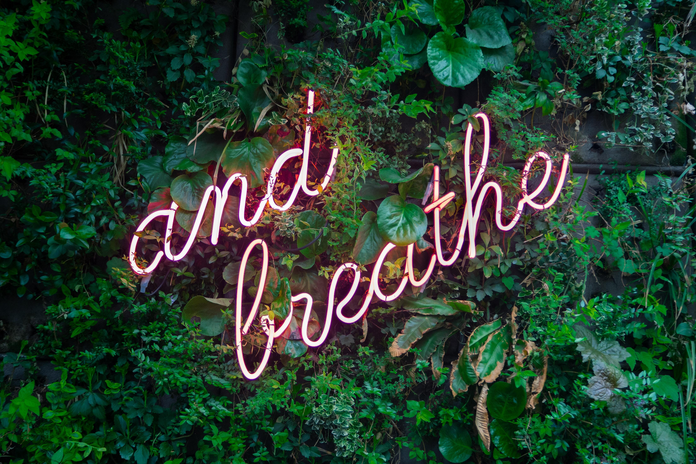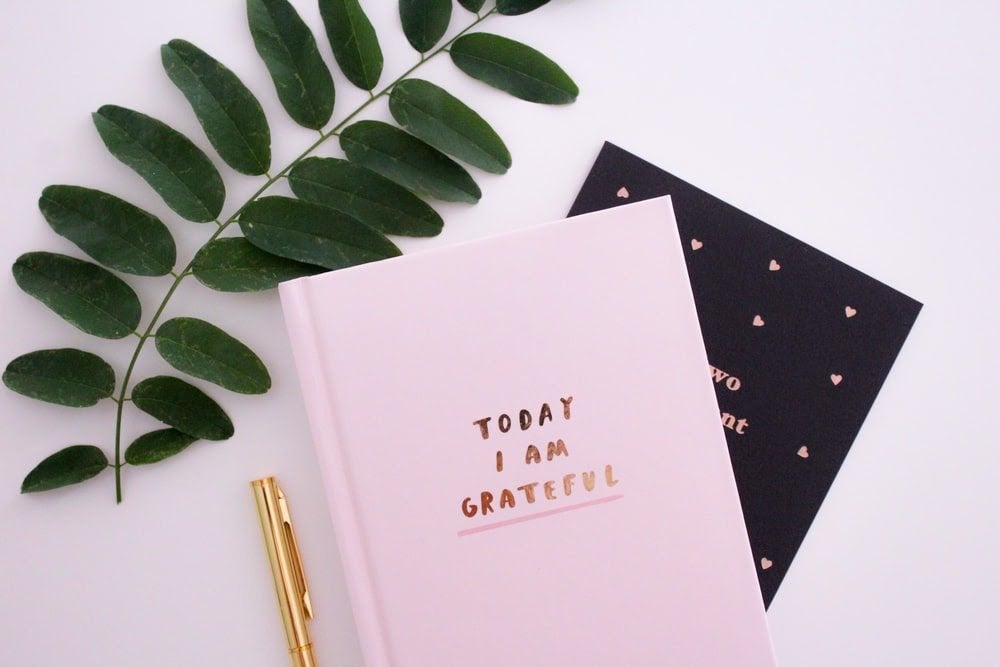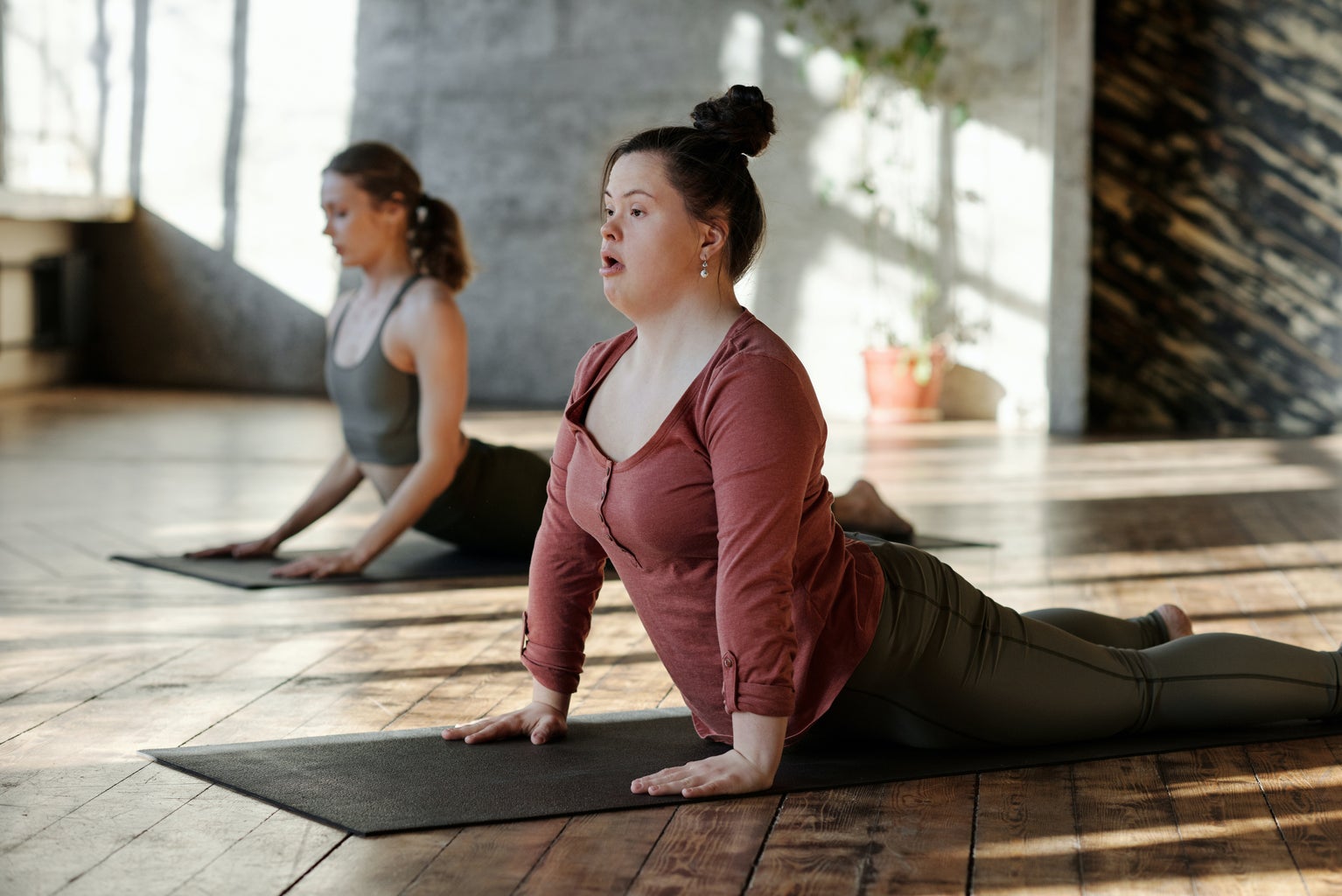Before you read below, take a deep breath in then out, and realize you are loved, and your stresses will soon resolve themselves.
Inhale, exhale and read as you please :)
Anxiety, anxiety, anxiety. A term that is not foreign to students, parents, teachers and pretty much anyone walking around with a million things to juggle. Sometimes, when we are stressed, our minds race with several things: relationships, work, school and even personal struggles. When our minds are running on overdrive it is difficult to come up with ideas on how to slow down our thoughts so that we can progressively solve each issue that is causing us stress.
Believe me, as a person who has chronically struggled with generalized anxiety disorder, I have practiced and found simple techniques that have led to great results. Therefore, I completely empathize and relate to what you are going through right now. You are doing GREAT by the way!
Just like a complex algebra problem, most people cannot solve it easily in their own head. They write it on a piece of paper, break it into smaller pieces and may use certain tools, such as a calculator, to solve it. Stressful thoughts are just that: problem-solving. There is a reason why they teach us strange math formulas we think we will never use again.
When addressing your anxiety and stress, mindfulness is where you need to focus your attention. Mindfulness is a practice that people who struggle with anxiety have used for decades. It’s defined as “a mental state achieved by focusing your awareness on the present moment, while calmly acknowledging and accepting your feelings, thoughts, and bodily sensations, used as a therapeutic technique” (Oxford Languages).
In this article, I will list simple mindfulness activities that range in time from five seconds to hours.
I realize that I may have a diverse reading group, so tweak any of these techniques to what works best for you!
- Combat breathing technique
Combat breathing, also known as box or tactical breathing, is a tool taught to help reduce stress prior to high-risk encounters. This breathing technique has helped people gain control over their mind and body when completing high-risk or simple everyday tasks.
Directions:
1. Breathe in through your nose for a count of four.
2. Hold your breath for a count of four.
3. Exhale through your mouth for a count of four.
4. Hold your breath at the bottom of the exhale for a count of four.
5. Restart the cycle.
- Hold something cold in your hand
When you find yourself in an anxious state, and your mind is racing a mile a minute, grab an ice cube, frozen spoon or cold water bottle and hold it in your hand for 10 seconds. While you are holding the chilled item, focus your attention on the cold temperature, feeling the shape of it, and watch it slowly grow warmer in your hand.
- Five senses scavenger hunt
This technique involves finding something in your space that represents each of the five senses: touch, hearing, sight, smell and taste.
- Touch: Feel the texture or seams of the shirt you are wearing, feel the steering wheel, pet your favorite animal-friend or pet.
- Hearing: Listen to the radio, your favorite song, the wind blowing, leaves rustling, your washing machine working and even yourself talking or humming.
- Sight: Look at anything around you! Could be a street sign, piece of furniture, the title of a book, the color of your clothes.
- Smell: Something cooking around you, your perfume or cologne, smelling salts or essential oils. Hopefully everything smells wonderful wherever you are!
- Taste: A piece of gum, a mint or a small snack nearby.
- List 3 things in your mind you are grateful for: Journal/Brain-Dump
Even on the worst of days, there is always something to be grateful for. It could be something as simple as eating your favorite snack or watching the birds chirp in the park. The more practice rounds you get with this technique, the easier it will be to see the positives in every situation.
Journaling is a great technique and has no set structure for how you have to do it. You can dump out all the things you have on your mind, solve them one by one, write it diary style, doodle, anything you want to put down on paper, do it!
Writing it physically on a piece of paper increases neural activity in certain parts of the brain, similar to meditation.
If you do not know where to start with journaling, here is a link to a 5 minute journal prompt by Mel Robbins. Mel Robbins is a famous motivational speaker, most famous for her procrastination cure technique called The “Five Second Rule.” She herself struggled with anxiety and depression for years after losing her job during the recession. Today, she has made a successful career in helping other people to ease their anxiety and thrive in their everyday lives.
- Think of a time when you were worried about something and it ended up okay
When you were younger, did you ever stress over getting a bad grade on a test and realize years later that everything worked out how it was supposed to? Think of a time when you stressed over something, and it ended up being okay. Reflect on what you learned from that experience. Therefore, if you are stressing about something right now, think about all of the great lessons that can come out of it.
- Mindfully chew on gum
Pull out a piece of gum and focus on the flavor and motion of you chewing it. Focus on that moment and even chew slower to subconsciously tell your mind to slow down.
- Trace an object with your eyes or hands
Take an object, any object. It could be a pencil, water bottle, tree or a TV remote. Slowly trace that object inch by inch, and examine the details on that object for as long as you want. This refocuses your mind to live in the present moment.
- Smell your favorite fragrance
Go to your local store or perfume cabinet and smell something you love. Take in the aroma and focus on how it makes you feel when you smell it. Many essential oils such as lavender, chamomile and basil have been found to have calming effects in relation to anxiety.
- Meditation/Yoga
Meditation does not have to be long or structured. You can meditate for 1 minute to hours based on what you want to do. The same applies to yoga. There are so many free yoga classes and meditation exercises on YouTube that you can do from the comfort of your home or space.
- Stretch and breathe
The last and easiest way to ease your anxiety is to stretch! Reach up into the sky with your arms in the air, breath in and breathe out. Here is an easy and fast stretching video on YouTube.
So the next time you find yourself anxious about the craziness in life, take a deep breath and remember any of these mindfulness exercises to achieve the peace that you deserve.




